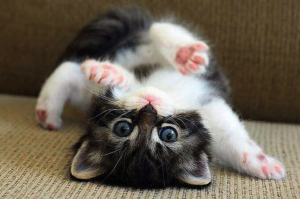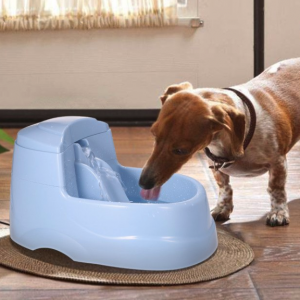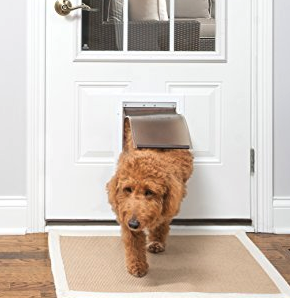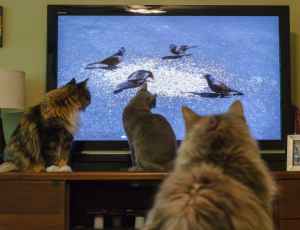
If you own your own home, then you’re free to have any type of animal companion you like, including furry, four-legged friends like dogs and cats. But even when you’re ready to go to work, and the kids go off to school, your pets stay at home. Have you ever considered what that could mean for your energy bills? Having comfortable pets may be important to you, but there are things you need to keep in mind about how your home runs while you’re away. Look at these tips on how to save energy and have a pet-efficient home.
Use a Fountain Bowl, Not a Running Faucet

While it’s true that both dogs and cats generally prefer to drink running water, that doesn’t mean you have to sacrifice a lower water bill in order to have comfortable pets. You can rack up some dramatically high bills if you just can’t stand the thought of your pet not drinking running water and use the faucet to address this need.
Instead, you should try a fountain bowl. These setups use electricity and circulate water in a bowl to simulate the running water effect. Much easier on your utility bills than leaving the tap on all day!
Make Animal Doors Efficient

You may have a doggy door, or something similar for your cat so that they can exit and re-enter your home without assistance. But these are essentially holes in your home and can be a huge source of heat leakage.
Look into making your animal door as energy efficient as possible. Check the integrity, improve the seal, and, if it’s an older, more basic door, upgrade it to a modern, energy-efficient model. That can have a significant impact on your heating or cooling bills.
Turn Off All Devices

Both cats and dogs are pretty self-sufficient. You don’t need to worry about keeping lights, televisions, or even fans on as ways to keep them company or comfortable. A pet-efficient home doesn’t need to cater to every amusement of a pet, especially since one of the greatest joys for a pet is simply sleeping!
So don’t worry about keeping fans on throughout the summer, and when it comes to lights and televisions, pets don’t really need these on to avoid loneliness or boredom either.
Mind Your Temperature Settings
Keep in mind that when it comes to temperatures, your pets can actually withstand fluctuations. You can afford to keep the thermostat in the home set to 25°C or even higher in the summer, and your pets will be fine. Further, the rich fur coats of most dogs and cats mean they stand up to colder temperatures as well, so keeping a thermostat at or just under 20°C when you’re not at home in the winter can save you on energy bills while also having comfortable pets.
Try out these pet efficient home tips and notice a difference on your next energy bill!
